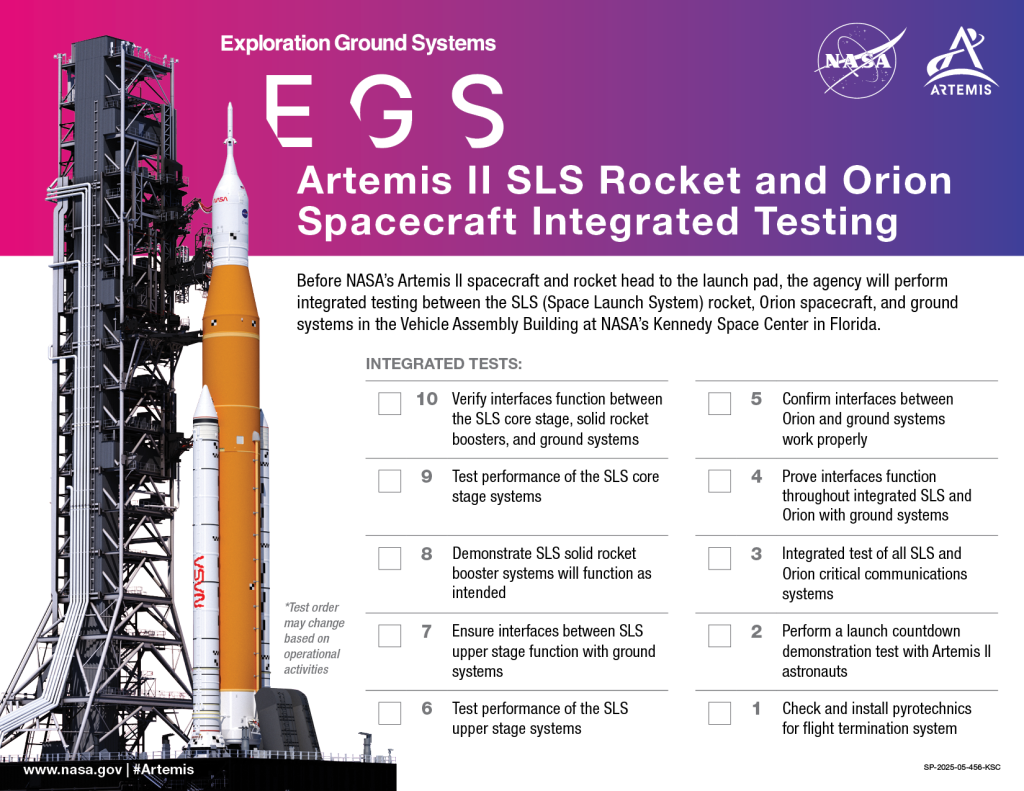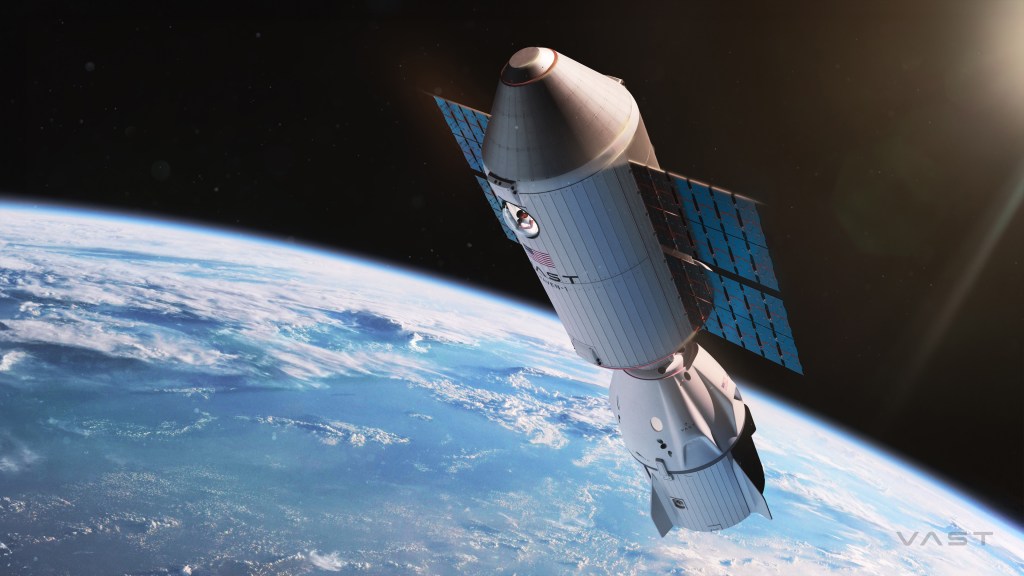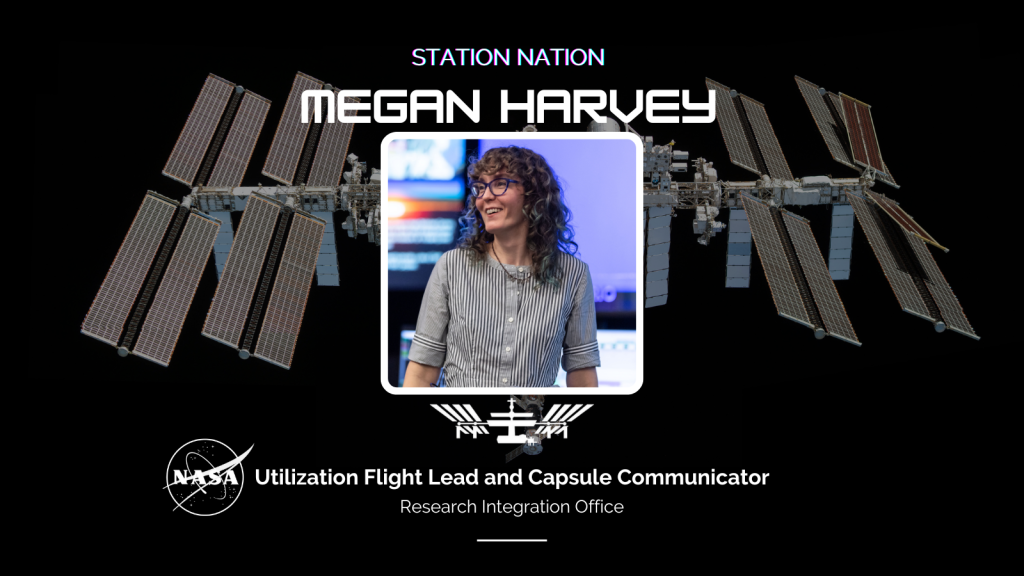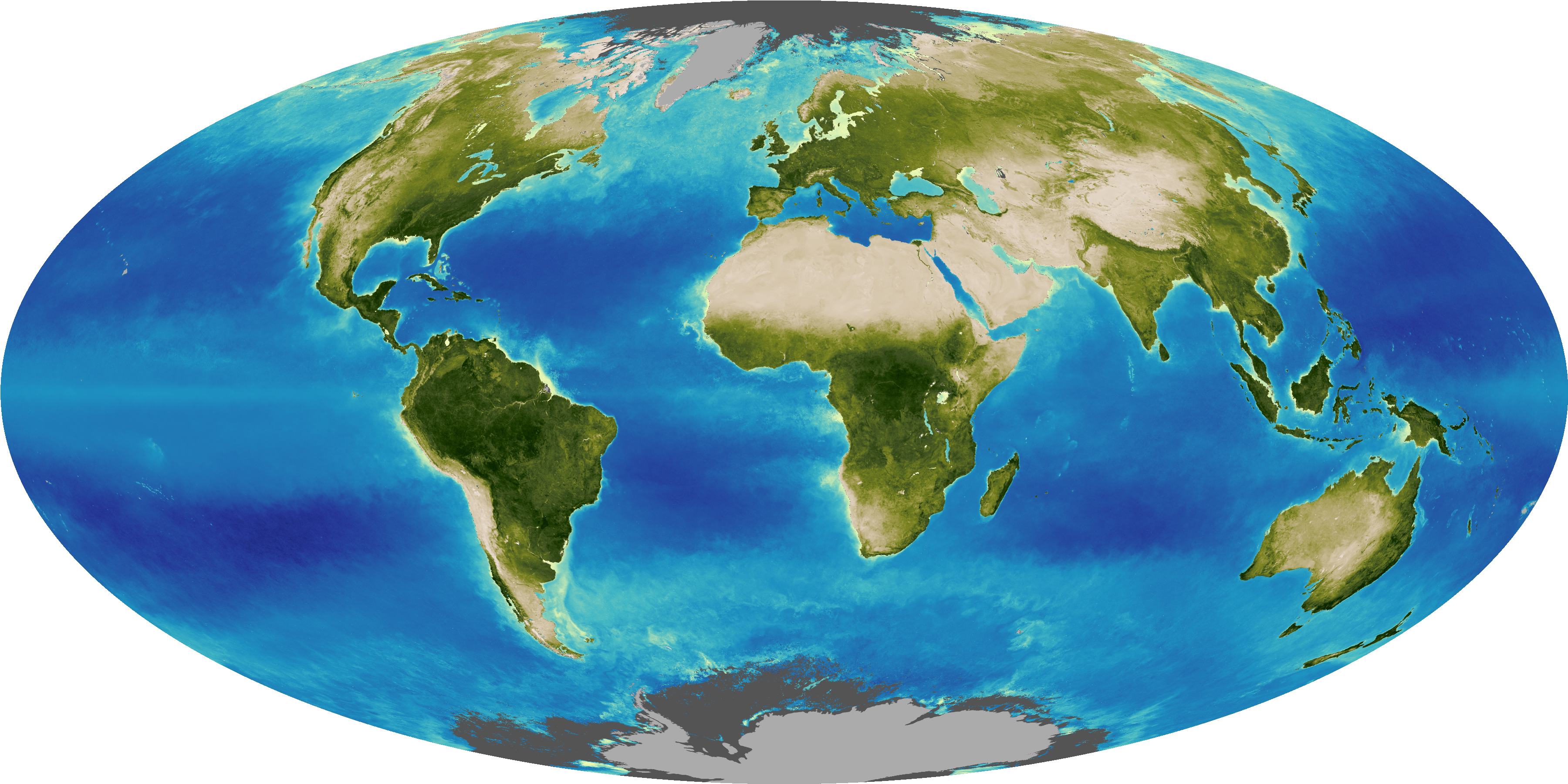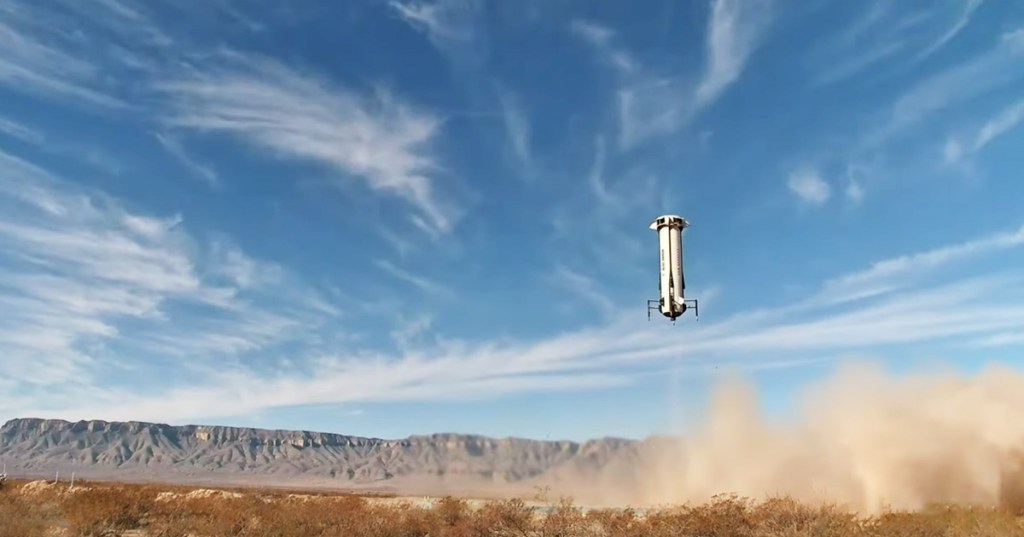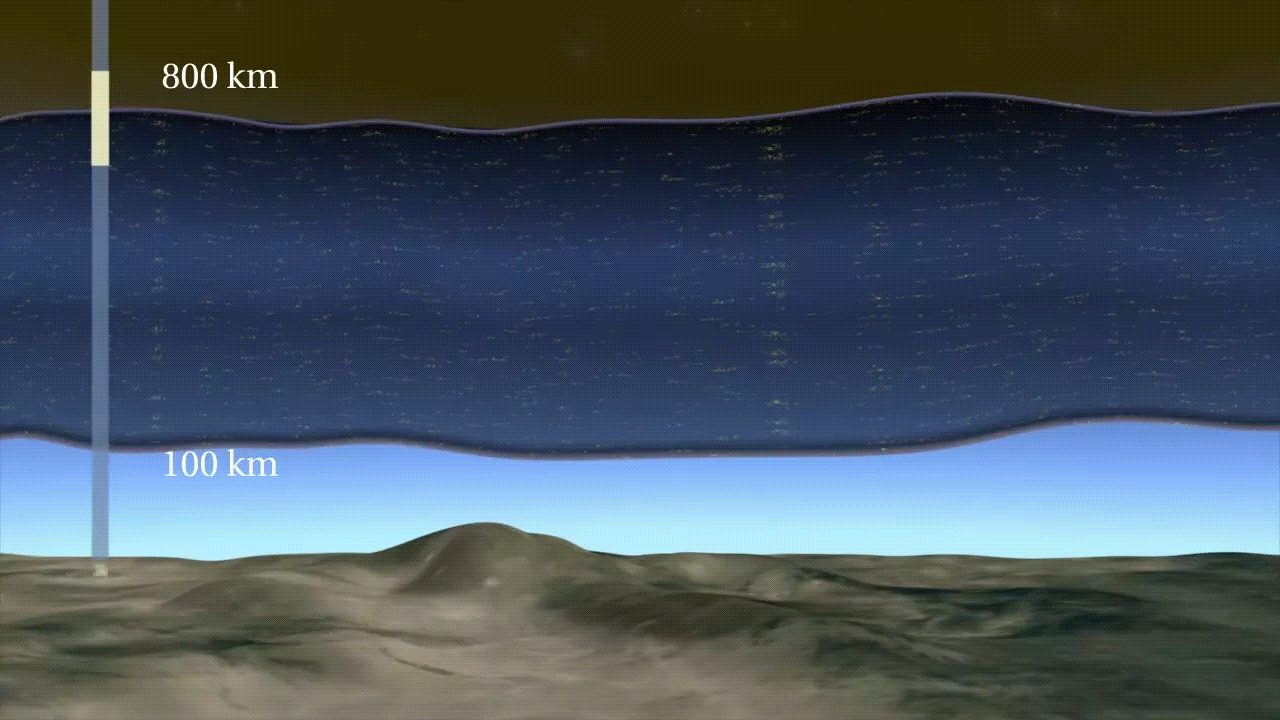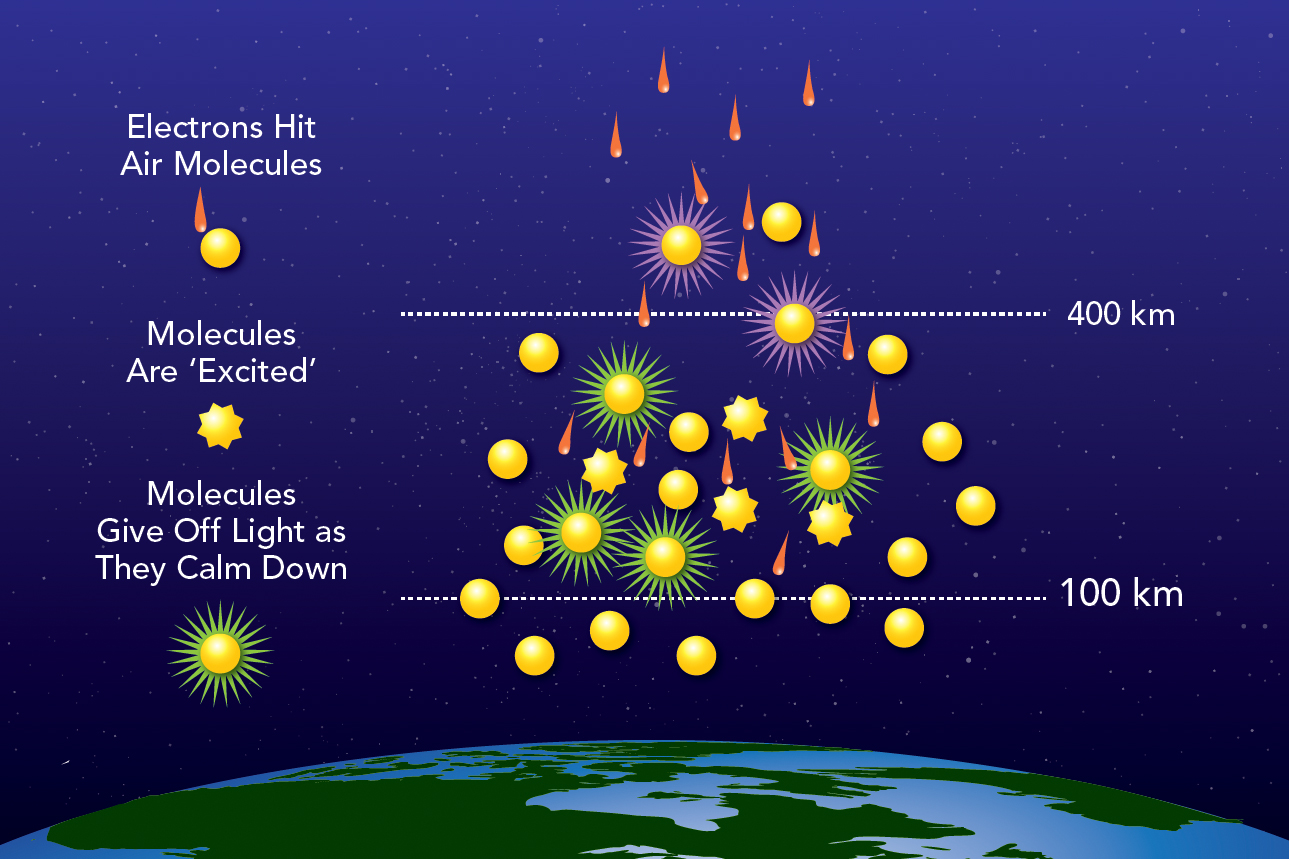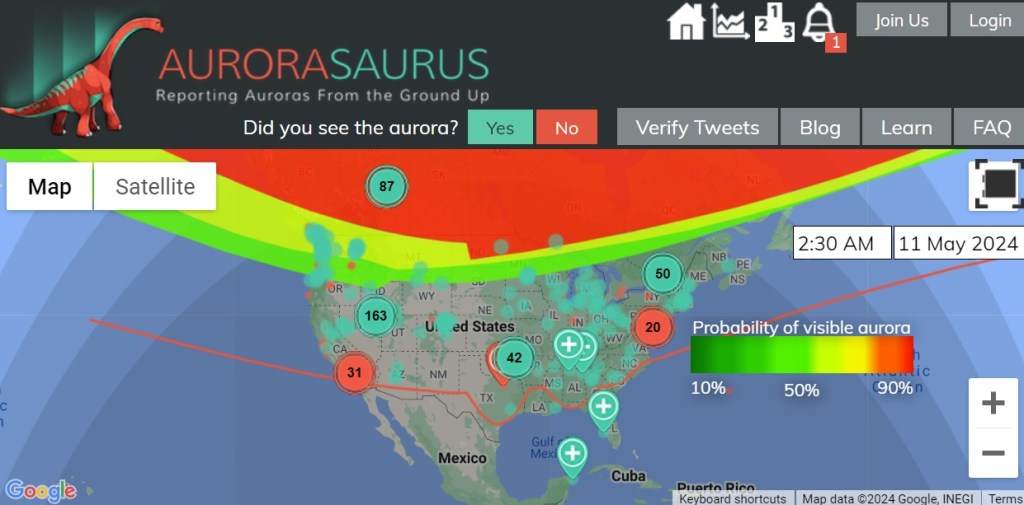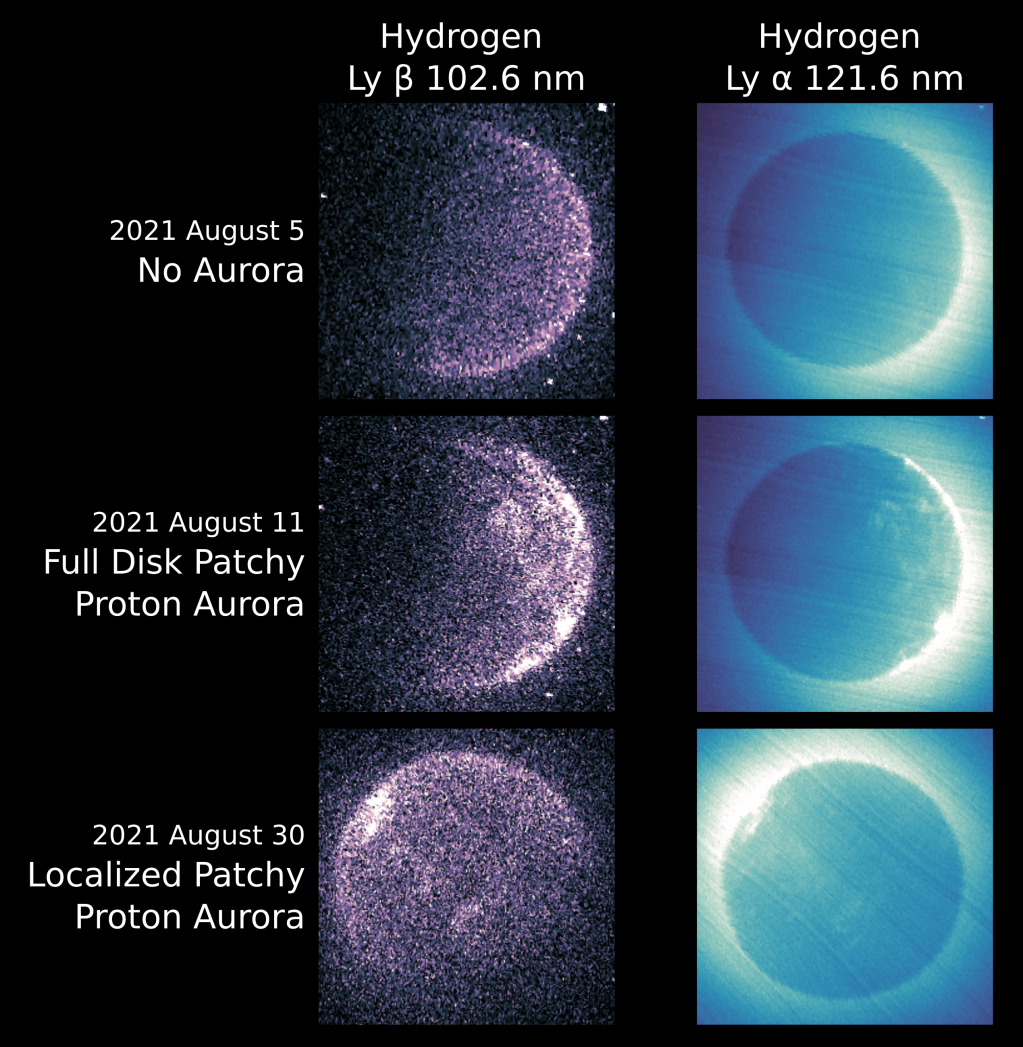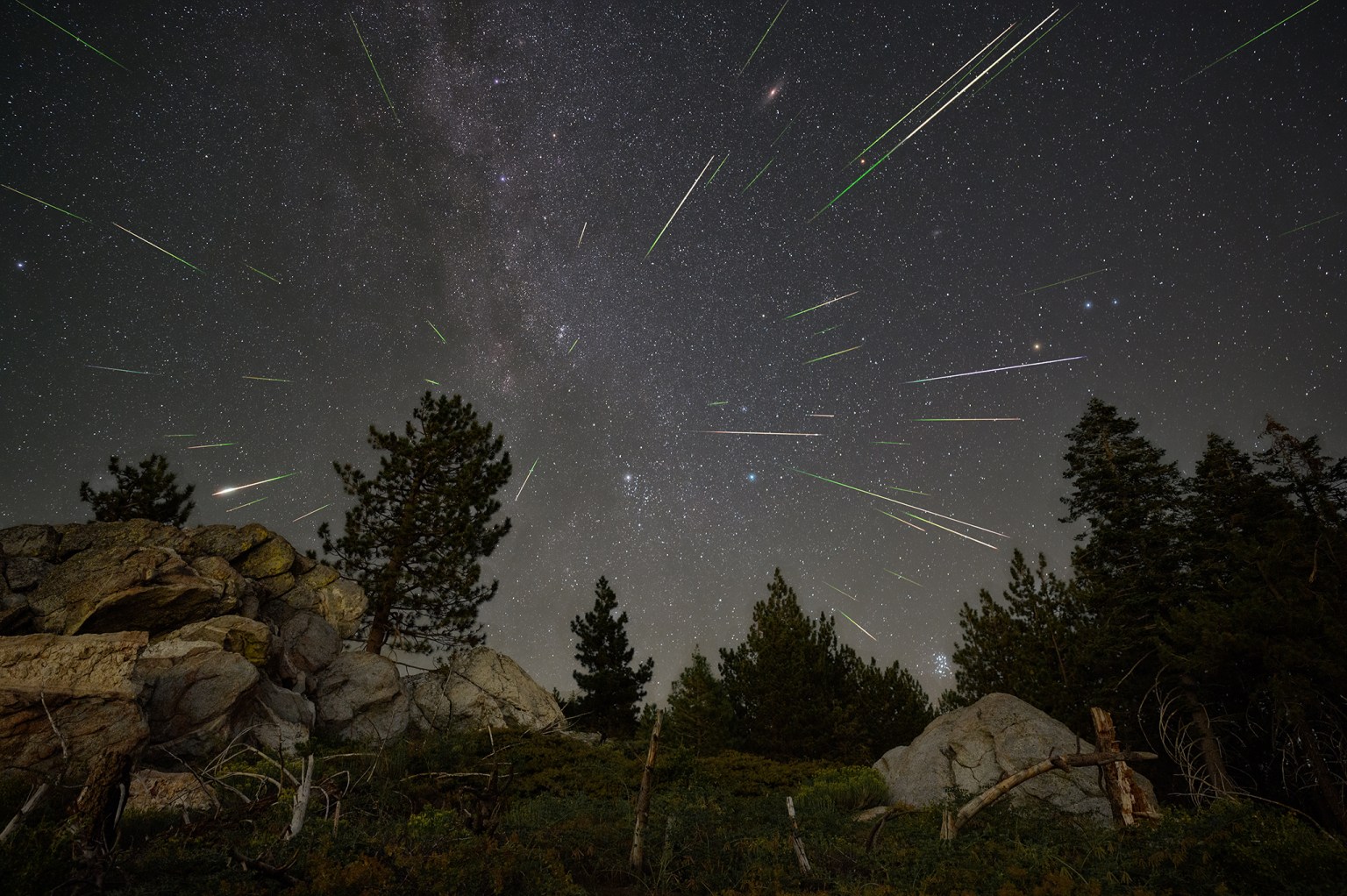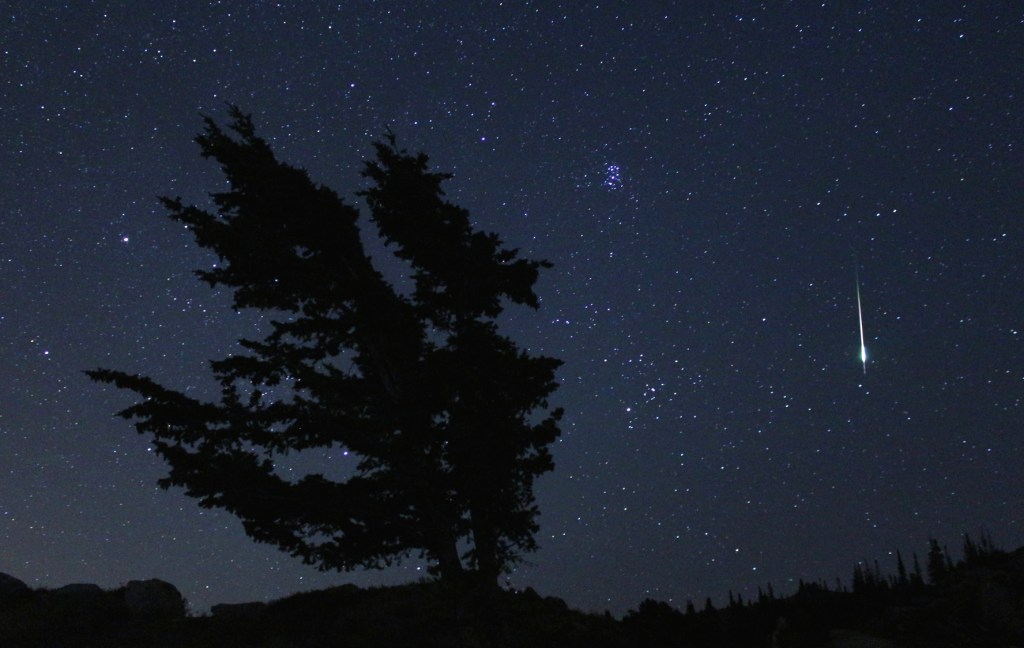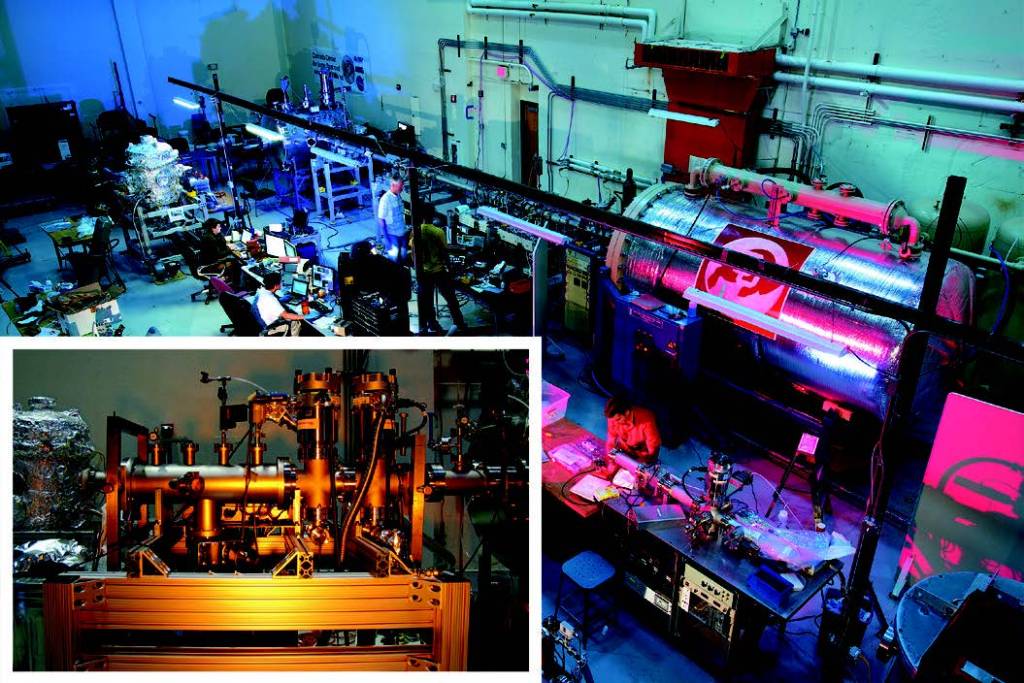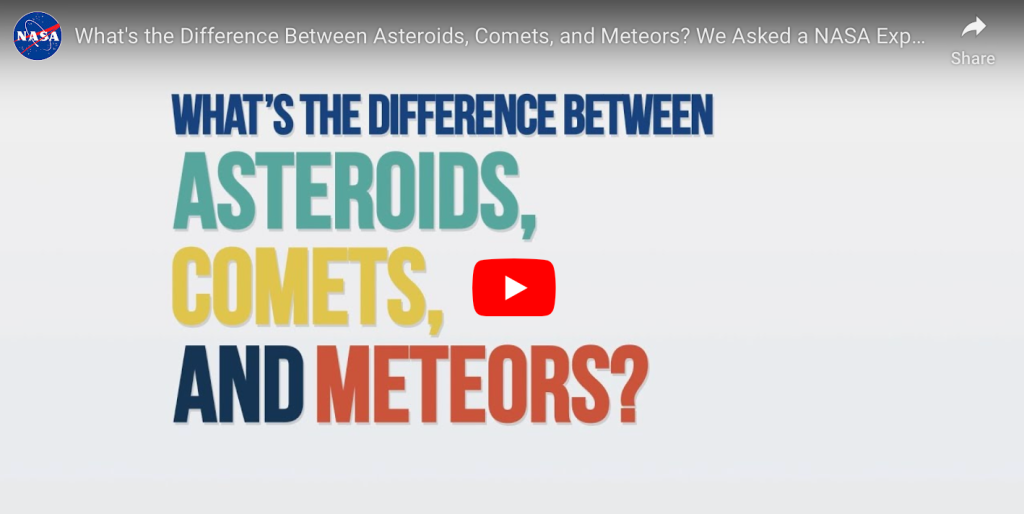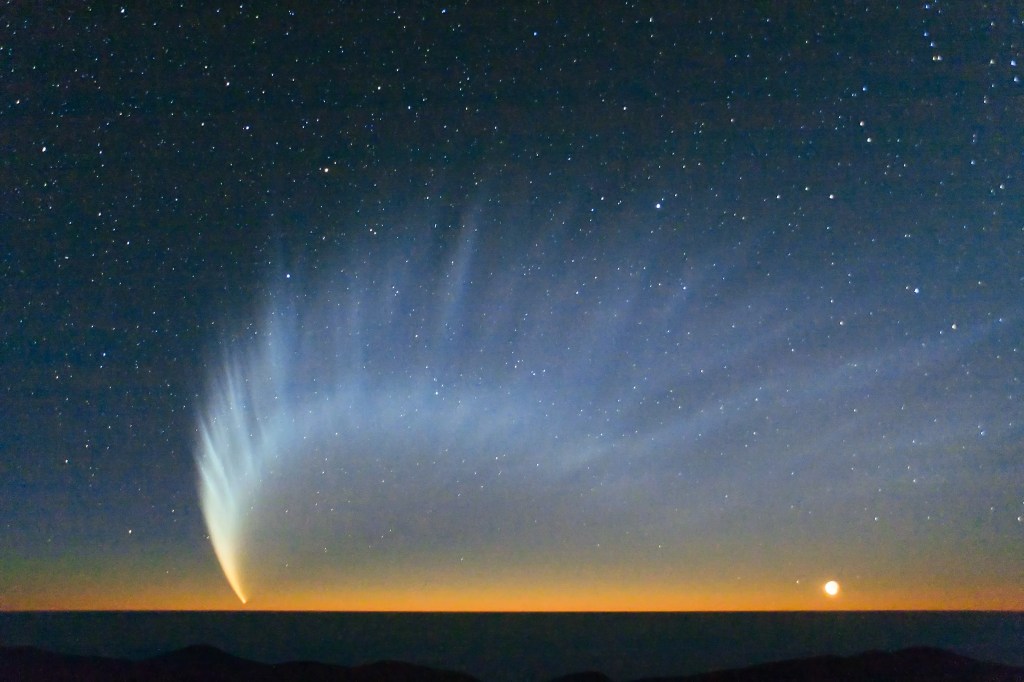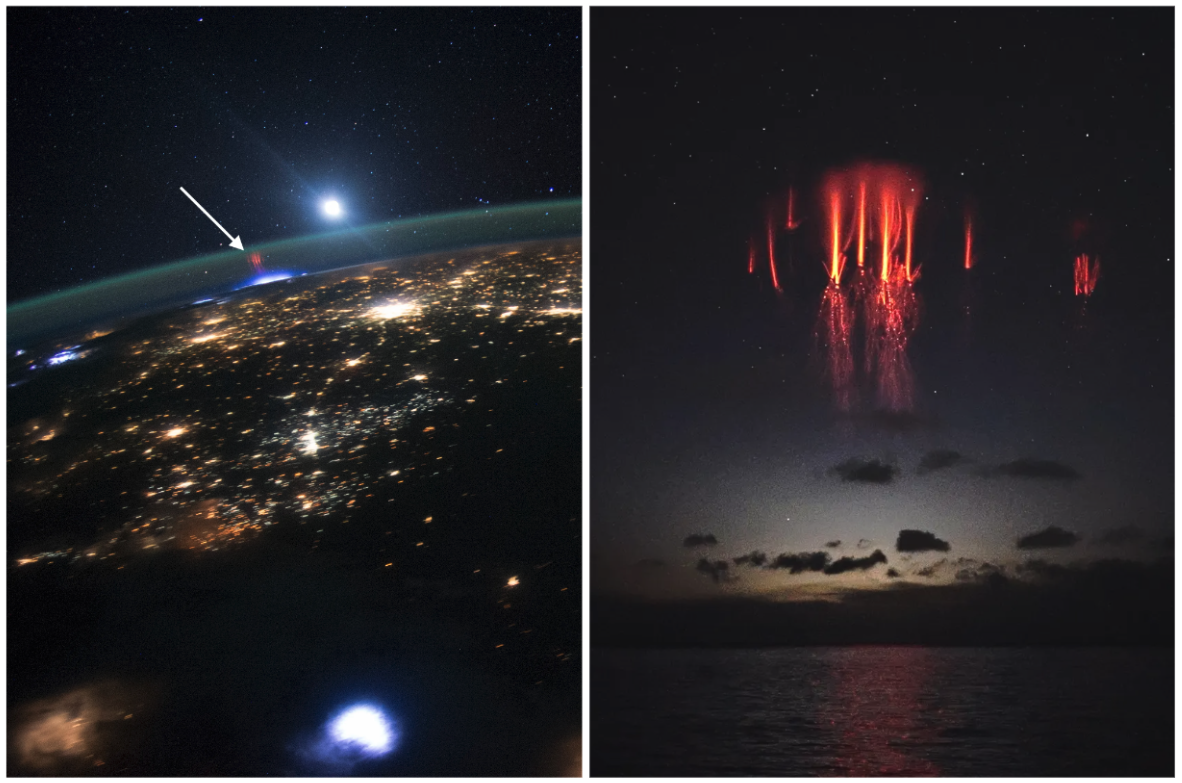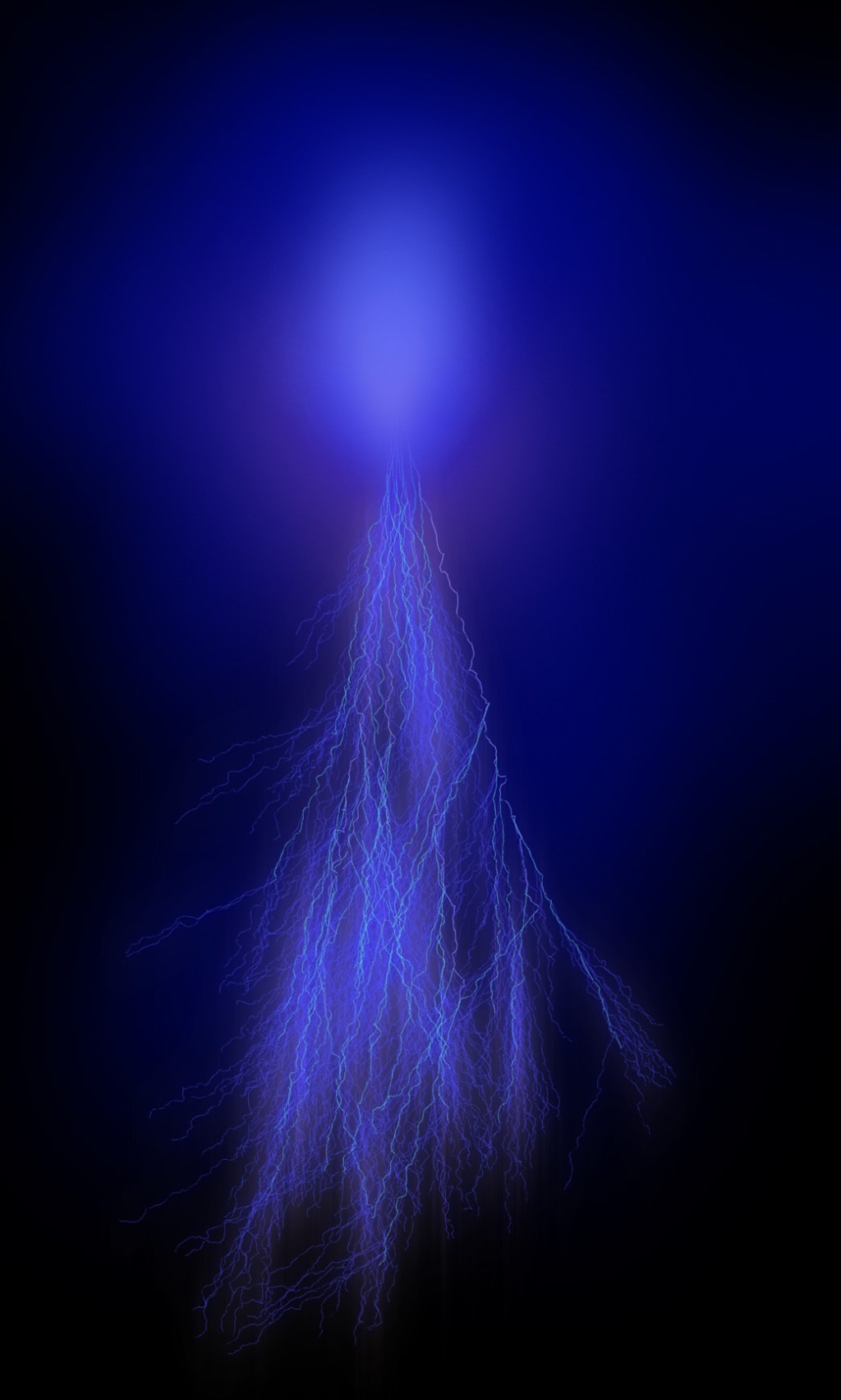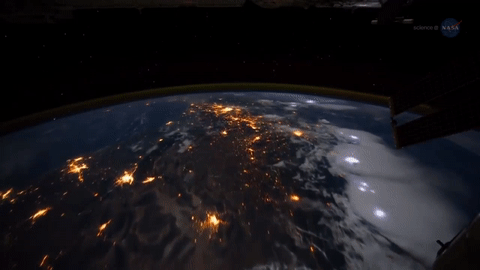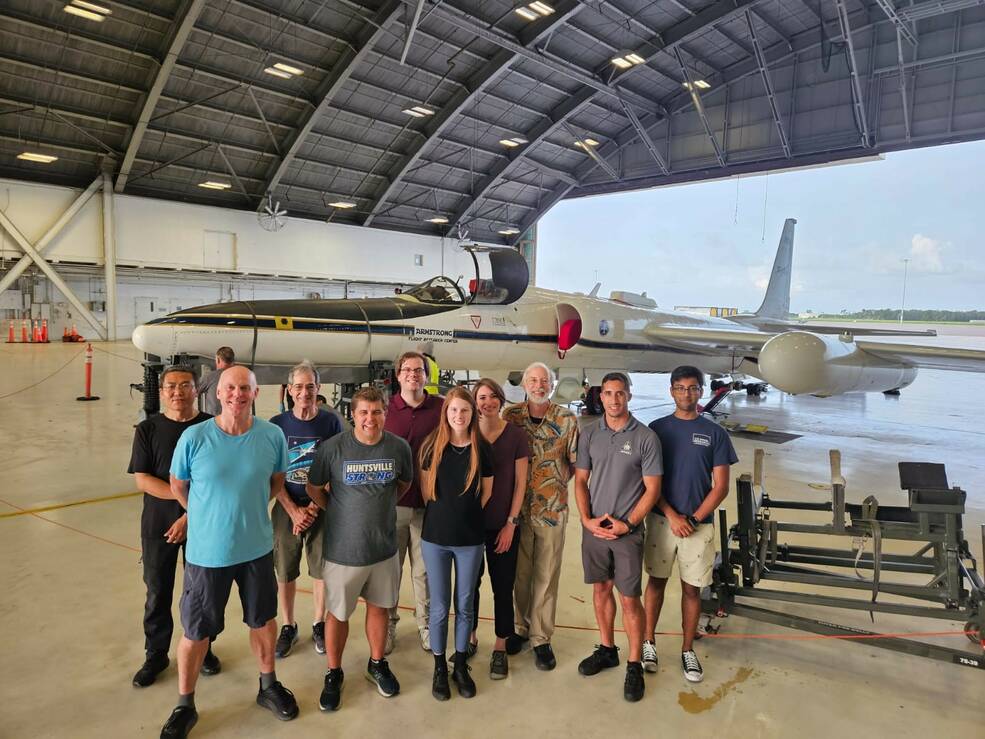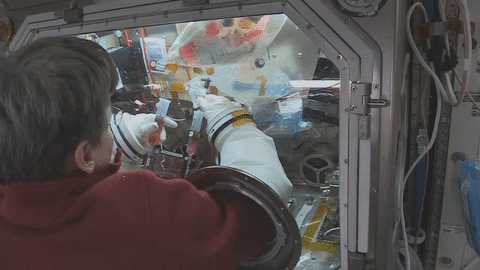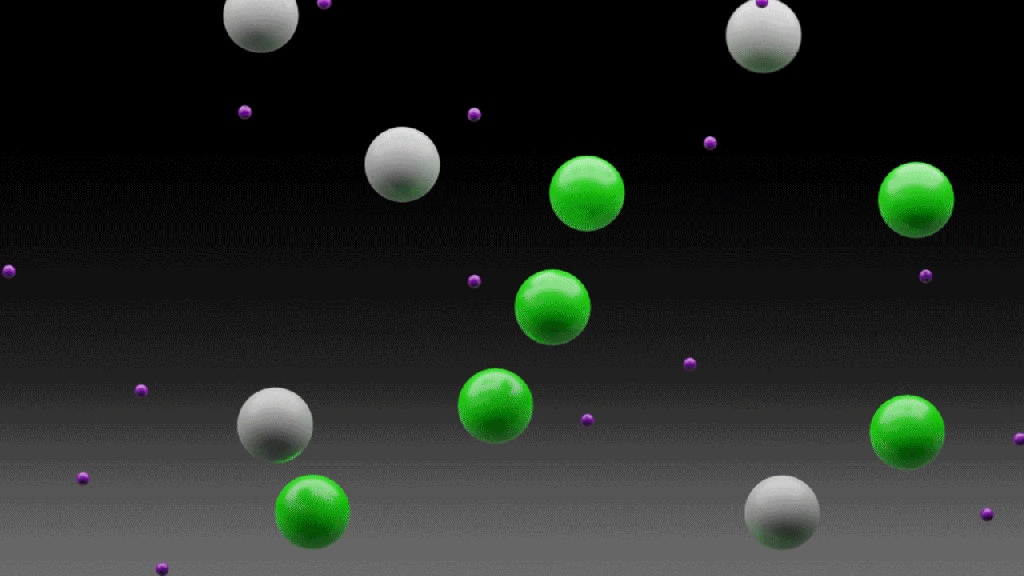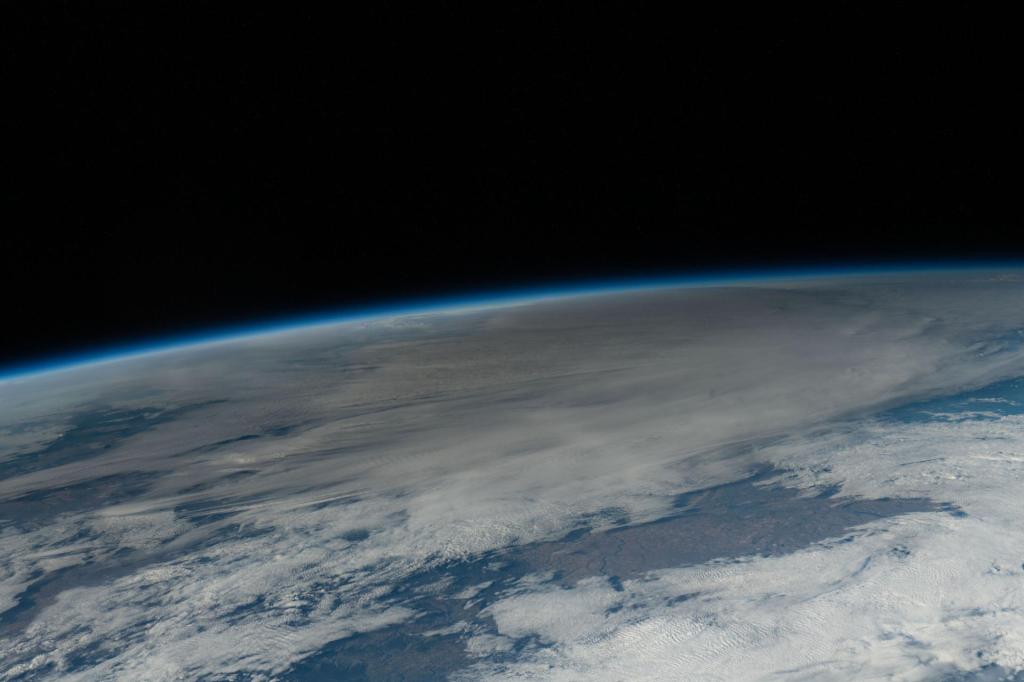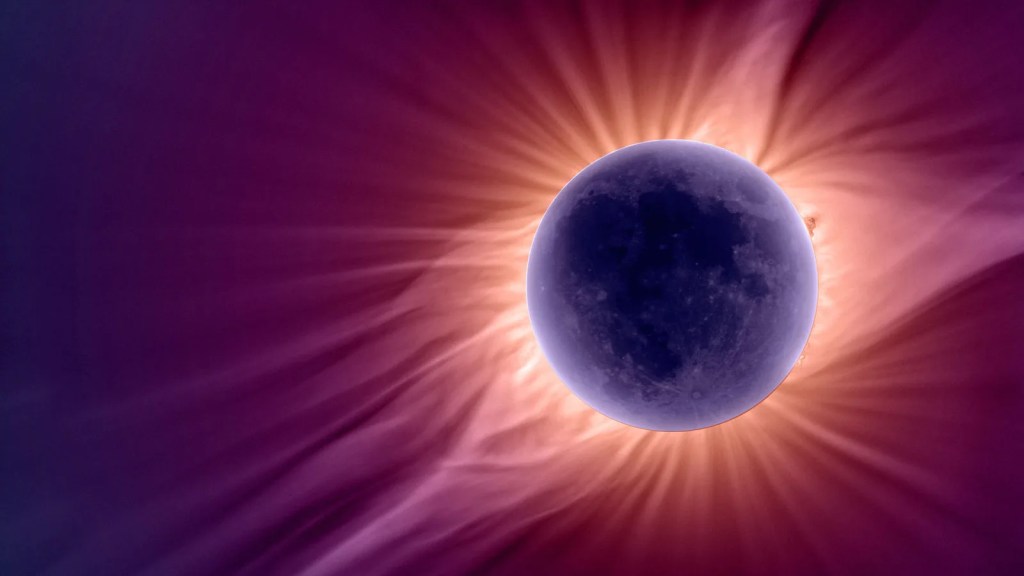
The Atmosphere... After Dark!
What transpires in the upper reaches of the atmosphere when things go dark? Read on to learn about some surprising science in our nighttime sky.
Rethinking the Night Sky
Earth’s upper atmosphere includes an electrified region called the ionosphere. When the Sun sets below the horizon, the boundaries of the ionosphere change. Without the Sun’s direct light and heat energizing this layer, the ionosphere on Earth’s night side shrinks — its upper boundary drops, and its lower boundary rises. These changes set the stage for some incredible nighttime displays.
Particle Interactions
Auroras
Auroras, also known as the northern and southern lights, are best seen after dark. They happen when charged particles from the Sun interact with Earth’s magnetic shield, or magnetosphere.
The Sun continuously radiates charged particles. Some of these particles can get caught in the magnetosphere and rain down into the atmosphere, usually near the poles. There, these particles can collide with gases, creating colorful glowing lights.
“Think of the atmosphere as a giant neon sign,” said Rafael Mesquita, an atmospheric scientist at the Johns Hopkins Applied Physics Laboratory (APL) in Laurel, Maryland, who studies the connection between the atmosphere and magnetosphere. “When charged particles flow into the atmosphere along the magnetic field lines, they ‘power up’ the gases in the sky, causing them to glow — much like how electricity excites the gases inside the tubes of a neon sign.”
Think of the atmosphere as a giant neon sign. When charged particles flow into the atmosphere along the magnetic field lines, they ‘power up’ the gases in the sky, causing them to glow.
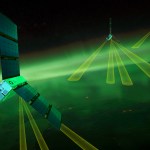
Rafael Mesquita
EZIE Mission Scientist, Johns Hopkins Applied Physics Laboratory
Mesquita explains that aurora colors depend on how deep the charged particles penetrate the atmosphere. Red and green auroras form easily at higher altitudes, where oxygen is abundant. At lower altitudes, however, where nitrogen dominates, more energy is needed. This is where blue and pink auroras come to life.
Auroras are linked to electromagnetic currents known as auroral electrojets. To learn more about these fascinating flows, NASA is joining forces with scientists like Mesquita and others at APL on the Electrojet Zeeman Imaging Explorer (EZIE) mission.
| Aurora Color | Altitude | Atmospheric Composition |
|---|---|---|
| Red | ≥120 miles (≥200 km) | Oxygen |
| Green | 60-120 miles (100-200 km) | Oxygen |
| Blue | 60-120 miles (100-200 km) | Nitrogen |
| Pink | ≤60 miles (≤100 km) | Nitrogen |
Comet and Asteroid Debris
Meteors
Meteors, or "shooting stars," are streaks of light caused by space particles like asteroid fragments or comet dust burning up in Earth’s atmosphere.
“Meteors occur all the time,” said Erin Dawkins, a scientist at NASA’s Goddard Space Flight Center in Greenbelt, Maryland, who studies how tiny particles called space dust interact with the atmosphere. “They heat up and burn as they enter the atmosphere, and if these particles are large enough, we see the bright streaks known as meteors.”
Meteors are more visible at night because the dark sky provides contrast, like stars appearing after dark settles in. Dawkins explains that, beyond their beauty, studying meteors helps scientists see atmospheric motion and chemical changes over time, like ink in water. Scientists are working to trace meteors back to their origins, which will reveal more about their journey and, ultimately, tell a more complete story of the universe.
Transient Luminous Events
Sprites
Sprites are enormous, red, lightning-like bursts of energy that occur during severe thunderstorms. These towering electric sparks materialize about 45 miles above the ground in the thin, electrified air of the ionosphere.
Sprite clusters can span 10 miles across and reach up to 30 miles in height. When they emerge, they resemble fantastical shapes like carrots and jellyfish. “They’re like snowflakes; none are identical,” said Burcu Kosar, a scientist at NASA Goddard who leads NASA’s Spritacular citizen science project.
Unlike regular lightning, sprites are relatively cold and difficult to see with the naked eye. To best capture one, point a camera toward a distant thunderstorm at night and wait for the magic (read: science) to happen.
When lightning strikes the ground, Kosar explains, a current travels from the cloud to the ground, transferring large amounts of charge. This suddenly creates an electric field at the base of the ionosphere, which electrifies nitrogen to produce a brief, spectacular red glow. After sunset, the ionosphere’s lower boundary rises by about 12 miles or more, which allows sprites to spark high in the sky.
Image credits: Paul Smith, Frankie Lucena, Panagiotis Tsouras, Thomas Ashcraft. All imagery of sprites is copyrighted and used with permission. Learn more here: https://svs.gsfc.nasa.gov/14206
Atmospheric Waves
Solar Terminator Waves
As day transitions to night, a line of twilight sweeps across the planet. This line is called the solar terminator, and its effects on the atmosphere are significant.
Atmospheric Waves
Solar Terminator Waves
The sudden removal of the Sun’s light creates waves in the atmosphere, similar to ocean waves. These waves can merge into large wind perturbations, particularly near the solar terminator, and can stretch for thousands of kilometers.
“The scale of it is massive,” says Claire Gasque, a research associate at the University of California, Berkeley, who measured these enormous solar terminator waves for the first time. “It's about 3,000 kilometers across — more than half the width of the continental United States.” These waves likely form due to temperature gradients caused by the solar terminator, though the exact mechanism remains unknown.
Solar terminator waves occur in the upper regions of the atmosphere where satellites operate. Gasque notes that understanding these waves is crucial as society becomes more dependent on space-based infrastructure like navigation and communications satellites.





